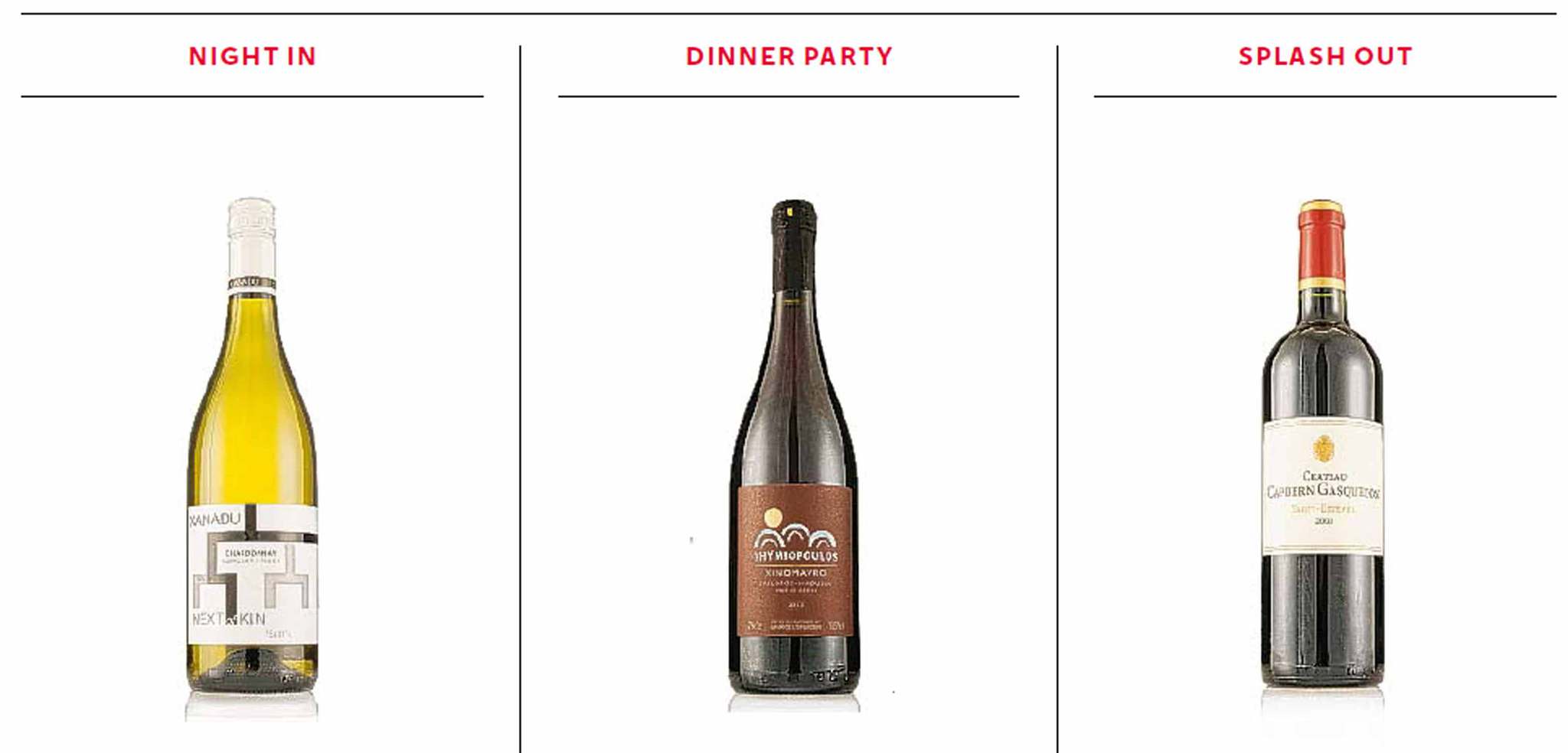Sake: new and traditional styles are shining a light on the sake scene
One of the world's greatest and most enjoyable drinks

Philip Harper, Japan's only British sake master brewer, came to London last month to conduct a tasting of his Tamagawa sake, with British cheeses from Paxton & Whitfield: a Shepton Mallet goat's cheese, Paxton's aged cheddar, and a half baby stilton.
Tousled and Dylan-esque, Philip is an iconoclast. In his talk he defied two conventions. First, he demonstrated that sake's umami content (the fifth taste, meaning, basically, savoury) makes it a good match for cheese. Secondly, he showed the virtue of different temperatures of sake with food by pouring one of his sakes chilled, at room temperature and warm.
He was following in the footsteps of Kensuke Shichida, in London last month on a mission to show that sake doesn't just go with sushi, sashimi and tempura, but is far more versatile. Sacrificing his liver, he washed down burgers, steaks, kidneys and sweetbreads with sake from his Tenzan brewery. And he declared that Japan's traditional rice-based drink is a much better match for, among other things, oysters, because its umami content chimes brilliantly with the savoury and briny.
Thanks to advice from the sake expert Natsuki Kikuya, Tenzan is one of a handful of top-quality sake breweries taken on by Bibendum, the wine merchant. Its move to bring sake to the non-Japanese mainstream follows the launch by Oliver Hilton-Johnson, the first British merchant to sell sake online, of his own sake website, tengusake.com.
Despite the overall decline in the sake industry in Japan, sake brewers such as Harper are producing a range of distinctive new and traditional premium styles that are shining a new light on the sake scene.
At a recent Japanese embassy workshop on the sake market in the UK, a group of Oxford researchers pointed out that sake has considerable potential for growth here, but it's hamstrung by factors such as relatively high prices, competition with wine, indecipherable labels, lack of knowledge and staff training. Exports of 2 per cent (and 2 per cent of that 2 per cent is to the UK) are a drop in the sea of Japan.
It's also the case that not enough people get to discover that umami moment by tasting a really good sake or knowing where to find one. So I welcome initiatives by UK importers – such as the introduction of smaller sizes and even a can (a fantastic one at that) – that cater for consumers who just want to try a sake at a relatively affordable price.
Increasing visibility of such products, in non-Japanese restaurants and retail outlets, will help give sake the boost that it needs to convince doubters that it is one of the world's greatest and most enjoyable drinks.
Something for the weekend
2011 Xanadu Next of Kin Chardonnay, Margaret River, Western Australia
The fresh aromatics are underlined by a creamy texture and zingy freshness, all at a relatively humble price. £8.50, Sainsbury's
2012 Thymiopoulos Xinomavro, Trilofos, Naoussa, Greece
Burgundy-like in its berry-scented fragrance, but the robust texture goes well with game or roasted vegetables. £10.50, Marks & Spencer
2008 Château Capbern Gasqueton, St Estèphe
Starting to ease into delicious drinkability, this is a classy cabernet-based claret with cedary-oak polish and a stylish core of textured dark fruits. £23.95, Lea & Sandeman
Join our commenting forum
Join thought-provoking conversations, follow other Independent readers and see their replies
Comments